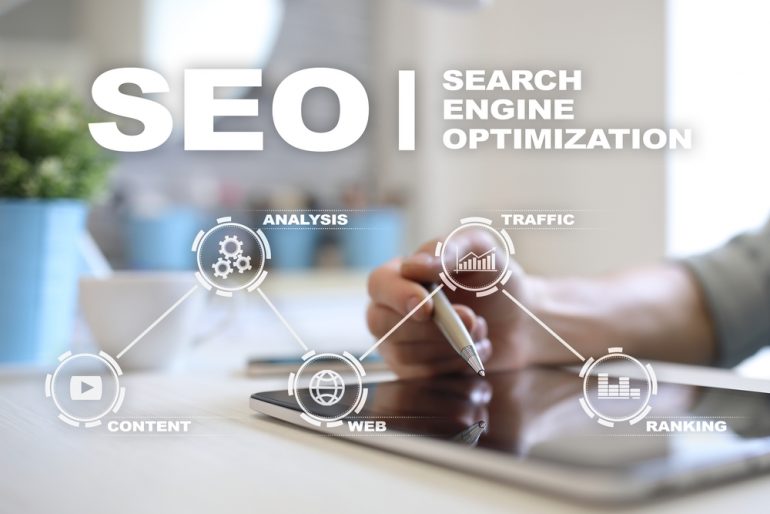No matter who you are but you are anyone who has to do with PPC, we all have to face it someday that it’s one hella task to rank your Website high organically. It is a time taking process and also requires determined in-depth research on how certain functions related to website ranking works. On top of that if you are not a web expert and lack knowledge on the particular subject but you are willing to improve your site ranking to get good traffic, increase brand awareness so here is your chance to explore Google Ads or more specifically PPC campaigns. This brings us to the most important question;
What is PPC?

Before you get into the process of understanding the working of PPC, It’s crucial to look into the bigger picture here on how it can provide an overall framework for your marketing strategy. “Pay per Click” is the full form of PPC. In this type of advertising in which you pay the given platform to run ads for you. Major PPC Platform are Google, LinkedIn, and Facebook that charge you according to the clicks you receive. This was the case for pay per click specifically but there are other methods like pay-per-impression or pay-per-view where you also pay for the intended interaction like impression views, clicks, etc.
PPC advertising will have its bigger share in spreading brand awareness of your business online. Pay per click is brilliant when it comes to coming head-on with your competitors or planning time-sensitive and location oriented business campaigns. But one important thing to keep in mind here is that if it is solely used for this approach, it can be expensive and time-consuming. But if it’s planned with keeping all the perspectives in mind like SEO, strong analytics and video development on social media, then you can defiantly ripe some productive fruit from it. These approaches may sound confusing right? But they can only be cleared if you understand how PPC work, so let’s move on to that.
How Does PPC Work?
To understand how Pay per Click (PPC) works, the most important thing to know here is that it includes a variety of platforms summed up under a single medium. To put it more simply, PPC campaigns can be clearly divided into two kinds of categories: i.e. Google Ads and Social Media Advertising.
Google PPC Ads

When it comes to PPC in Google Ads, how does it works? As the name suggests, you pay Google as per your needs so it can have your ads for listed at the site, maybe at top and right of the organic search listings. When it’s done and your cost per click is set, then you pay the CPC from your total budget when your ad is clicked. Once your entire budget is used, Google stops showing your Ads until you recharge your budget. Google Ads are of several types like Search Ads, Local Search Ads, and Display Ads. Let’s move on to understand them in detail.
Search Ads
Google Search Ads are the ones dominantly recognized as pay-per-click advertisements. In Google Search Ads, when a user searches for a product you offer, such ads are displayed above or beside Google search results. There can be a possibility that user sees your ad as a first thing when they make a search and if they end up clicking on it, then you will have to pay for the click as per the requirement of the PPC model.
The first step for setting up a Search Ad campaign is writing an ad copy and keywords selection than you set up your daily budget limit. Getting the most results out of your ads is not this simple actually. This intensive process requires proper management and tweaking every now and then to ensure you get the best possible return on investment from your ad. With this, let’s move on to understand the next type.
Local Search Ads
Local Search is a specialized subset of the standard Search Ads because they are location oriented. So its plus point is that users who are looking up for business and services on Google or Google Maps, they might end up finding yours. After this, if they click on yours, you are charged the same way as of standard search ads.
Google Ads by default will set your campaign to go live on a national level. But if you being a local business ship to some specific areas or you are a service provider for specific geographic locations, then the best practice for you is to customize Location Targeting for your ads in your Google Ads campaigns.
Display Network
The Google Display Ad is a little different from above-mentioned types. It not based exactly on the pay-per-click model. But Google Display Ads also carry a similar process of reaching out to a broad audience. Display Ads can be textual or can have pictures/videos in it. These ads can be displayed across more than 2 million websites and almost half a million apps. Setting Display Ads is pretty easy. One has to create an ad that can fit in the chosen format and then choose the audience you would like to show that add to. The last step would be deciding the budget and you are good to go from here. While planning the budget, you are given multiple payment options which depends upon your goal for the campaign. Those options include: cost-per-click, cost-per-thousand-impression and cost-per-acquisition. Once you are done setting your budget, it is not guaranteed that your ads will be displayed immediately. Each ad placement has an automated auction for each payment option. The ad that wins is charged the minimum amount necessary to overthrow your competitor’s ads in the auction when the ad is displayed.
Here sums up the overview for how PPC, mainly in Google Ads work and what are its main types. Paid advertisement requires continues learning, so just don’t let that learning stop, ever!



